Italian cultural
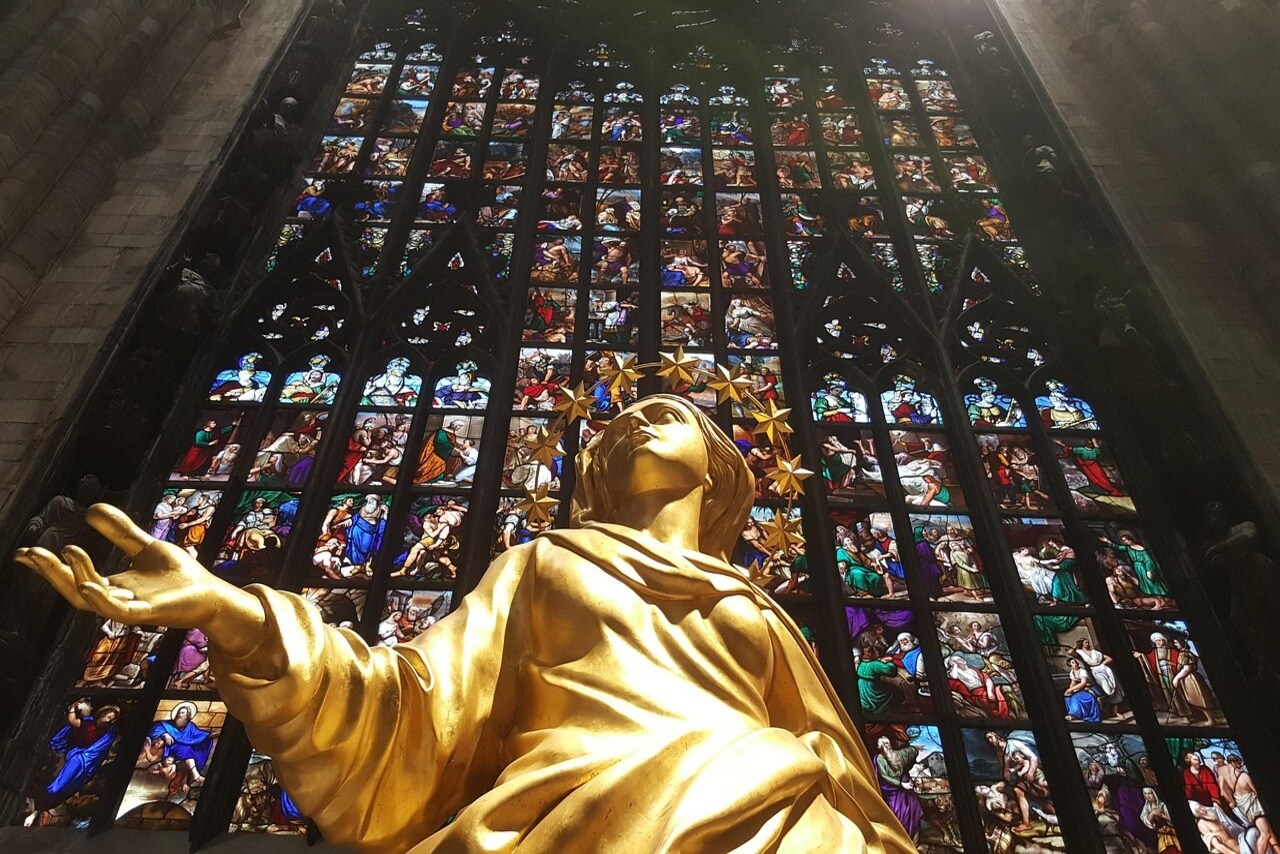
Introduction:
What makes Italian culture so unique and timeless?
Italy isn’t just a country—it’s a way of life. From its deep-rooted traditions to its ever-evolving innovations, Italian culture blends history, creativity, and passion like no other.
Whether it’s the warmth of family gatherings, the artistry of Michelangelo and Da Vinci, or the irresistible flavors of authentic Italian cuisine, every aspect of life in Italy reflects a commitment to beauty, quality, and connection.
But Italian culture isn’t frozen in time. While the nation fiercely preserves its heritage, it also embraces modernity—from high fashion to groundbreaking technology. The question is: how does Italy manage to balance the past and the future so effortlessly?
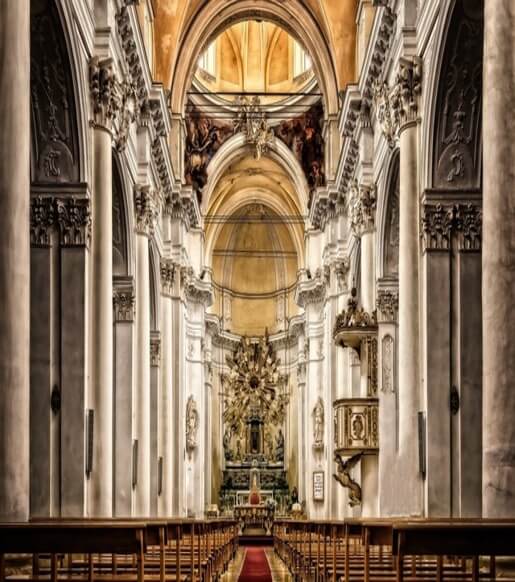
I. The Essence of Italian Culture: A Heritage of Tradition and Innovation
In this journey through Italy’s traditions, arts, gastronomy, lifestyle, and cultural evolution, we’ll explore:
- Why family is the backbone of Italian society
- How Italy’s artistic legacy continues to shape the world
- What makes Italian cuisine more than just food—it’s an experience
- Why “La Dolce Vita” isn’t just a phrase, but a mindset
- How Italy is adapting to globalization while preserving its identity
From ancient Roman roads to Milan’s cutting-edge fashion scene, Italy is a country that never stops inspiring. Let’s dive into the heart of Italian culture, where every street, dish, and conversation tells a story.
1. Italian Traditions and Customs: A Deep-Rooted Legacy
- Why is family so important in Italian culture?
In Italy, family isn’t just important—it’s everything. Unlike in some Western cultures where independence is prioritized, Italians place deep value on close family ties. It’s common to see multiple generations living together or at least staying closely connected.
- The Sunday Lunch Tradition: Sundays in Italy are sacred—not just for religion, but for family gatherings over long, homemade meals.
- Nonna’s Role: The Italian grandmother, or “nonna,” is often the heart of the family, passing down traditions, recipes, and wisdom.
- Support System: From job hunting to raising children, Italian families rely on each other rather than outsourcing to professionals.
In a world where social bonds are weakening, Italy’s emphasis on family creates a strong sense of belonging and security.

- What are the most famous Italian festivals and celebrations?
Italy is home to some of the world’s most spectacular festivals—each reflecting the country’s rich cultural heritage. Whether religious, historical, or purely for fun, these celebrations bring communities together.
- Carnival of Venice: Famous for its elegant masks and extravagant costumes, this centuries-old festival turns the city into a dreamlike spectacle.
- Palio di Siena: A thrilling horse race held twice a year in the heart of Siena, blending tradition, rivalry, and medieval pageantry.
- Ferragosto (August 15th): An ancient Roman holiday turned national summer celebration—expect beach trips, feasts, and fireworks.
Each region has its own unique festivals and customs, proving that Italy’s cultural diversity is as vast as its landscapes.
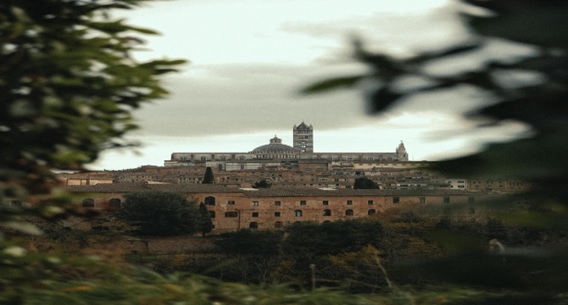
- How do Italian social norms shape daily life?
If you’ve ever been to Italy, you’ve probably noticed that Italians have their own unspoken rules. Understanding Italian etiquette can help you appreciate their culture even more.
✔️ Greetings Matter: A handshake for business, a kiss on both cheeks for friends—just don’t mistake it for romance!
✔️ The Art of Conversation: Italians love to talk—passionately, loudly, and with gestures. It’s not an argument; it’s just how they express themselves.
✔️ Coffee Culture: No cappuccino after 11 AM! Italians believe milk-based coffee is for breakfast, and ordering one later might earn you a funny look.
✔️ Punctuality is… Flexible: Being 10-15 minutes late is socially acceptable, except for business meetings.
✔️ Dress to Impress: Italians take pride in their appearance—even casual outfits are stylish and well put together.
Italy’s customs may seem different at first, but they reflect a deep sense of respect, warmth, and appreciation for life’s small joys.
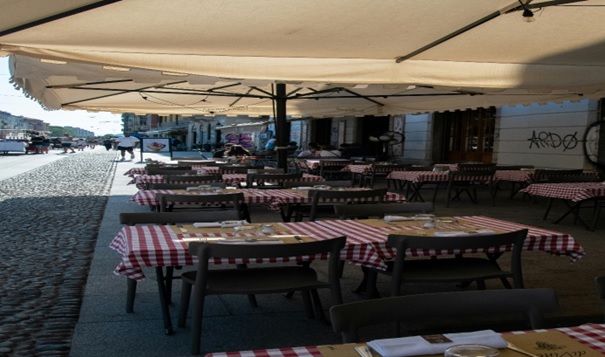
II. Italian Art and Literature: A Legacy of Creativity
1. The Artistic Masterpieces of Italy.
- How did the Renaissance shape global art?
The Italian Renaissance was more than just an artistic movement—it was a revolution that transformed the way we see the world. Emerging in the 14th century, it placed a new emphasis on realism, perspective, and human emotion.
- Leonardo da Vinci’s “Mona Lisa”: arguably the most famous painting in the world, praised for its mysterious smile and lifelike detail.
- Raphael’s “School of Athens”: a tribute to classical philosophy, blending art, science, and humanism.
Without the Renaissance, modern art wouldn’t exist. Techniques like linear perspective, anatomical accuracy, and the use of light and shadow influenced generations of artists worldwide.
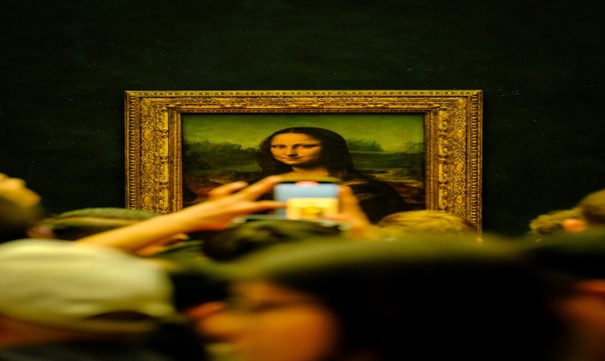
- Who are the most famous Italian painters and sculptors?
Italy has produced some of history’s greatest artists. Their works are found in museums across the world, but their influence lives far beyond gallery walls.
- Leonardo da Vinci: a genius in both art and science, blending mathematics and creativity.
- Michelangelo: known for his powerful sculptures like David and Pietà.
- Caravaggio: master of dramatic lighting, whose paintings influenced film and photography.
- Botticelli: creator of “The Birth of Venus,” an iconic depiction of beauty and mythology.
Even today, Italian artists continue to shape fashion and modern design. Creativity is simply part of Italy’s DNA.
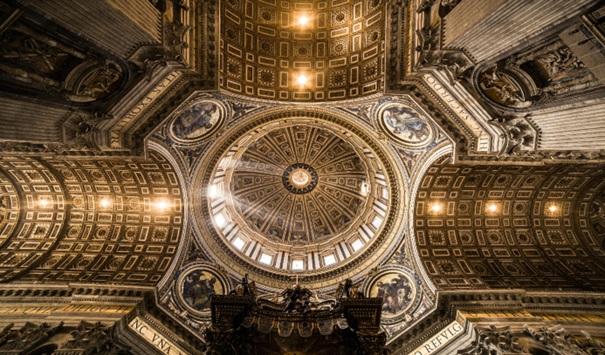
- What makes Italian architecture so unique?
From ancient Rome to modern skyscrapers, Italian architecture is a timeline of human civilization.
- Roman engineering: the Colosseum and Pantheon set the foundation for modern stadiums and government buildings.
- Gothic cathedrals: Milan’s Duomo, with its towering spires, is a masterpiece of intricate craftsmanship.
- Renaissance palaces: Florence’s Uffizi Gallery and Venice’s Doge’s Palace reflect grandeur and innovation.
Even modern Italian architecture blends the past with the future—just look at the vertical forests of Milan or Renzo Piano’s high-tech designs.
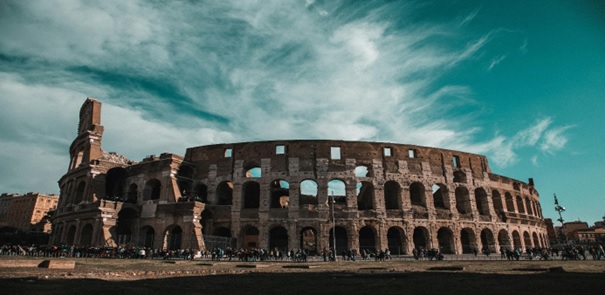
2. Italian Literature: A Storytelling Tradition
- Who are Italy’s greatest writers?
Italy’s literary tradition is as rich as its art. From ancient philosophy to modern novels, Italian writers have shaped global literature.
Petrarch—a poet who pioneered the sonnet, influencing Shakespeare.
Giovanni Boccaccio—his “Decameron” is an early example of storytelling that blends humor, romance, and realism.
In modern times, authors like Elena Ferrante (“My Brilliant Friend”) and Umberto Eco (“The Name of the Rose”) have brought Italian literature to a global audience.
- How does Italian literature reflect Italian identity?
Every story tells a deeper truth. Italian literature is a mirror of its culture, revealing themes of love, power, and tradition.
Renaissance literature explored humanism and individualism.
19th-century works focused on Italy’s unification and national pride.
Modern literature grapples with politics, immigration, and changing social norms.
From Dante’s medieval vision of hell to Ferrante’s raw tales of friendship and identity, Italian storytelling remains bold, emotional, and deeply personal.
III. Italian Gastronomy: A Culinary Journey Through Time
1. The Pillars of Italian Cuisine
- What makes Italian food so special?
Italian cuisine is built on simplicity, quality, and tradition. Unlike heavily processed foods, Italian dishes rely on fresh, seasonal ingredients that enhance natural flavors.
Fresh Ingredients First: Italians believe great food starts with high-quality produce. Think sun-ripened tomatoes, fragrant basil, hand-pressed olive oil, and rich Parmigiano-Reggiano.
Regional Diversity: Italy isn’t just one cuisine; it’s twenty different food cultures. Each region has its own specialties:
- Northern Italy: Creamy risottos, buttery sauces, and delicate truffle dishes.
- Central Italy: hearty pastas and olive oil-rich recipes.
- Southern Italy: Bold flavors, fresh seafood, and spicy peppers.
Traditional Cooking Methods –Italian food is about technique, not shortcuts:
Slow-cooked ragù for deep, rich flavors.
Wood-fired ovens for the perfect crispy pizza crust.
Handmade pasta that’s tender yet firm.
Italians see food as an art form and a way to bring people together. Every meal is an experience, not just a necessity.

2. Iconic Italian Dishes and Beverages
- What are the most famous Italian dishes beyond pizza and pasta?
While pizza and pasta are world-famous, Italian cuisine has much more to offer. Here are a few must-try dishes:
- Osso Buco: A slow-braised veal dish with a rich saffron risotto.
- Arancini: Crispy, stuffed rice balls, a Sicilian favorite.
- Tiramisu: A coffee-infused dessert with layers of mascarpone and cocoa.
- Focaccia: Fluffy, olive oil-rich bread, perfect as a snack or side.

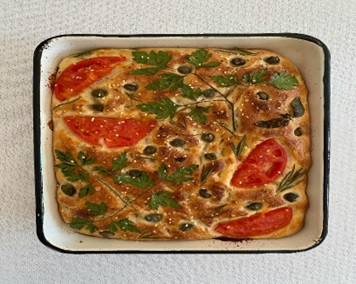
- What makes Italian coffee culture unique?
Drinking coffee in Italy is a ritual. It’s not just about caffeine—it’s about social connection and tradition.
- Espresso is king: Italians rarely drink large, diluted coffees. Instead, they sip on a small, strong espresso.
- Cappuccino rules the morning: Ordering one after 11 AM? A big no-no! Italians believe milk-based coffee is strictly for breakfast.
- No to-go cups: Coffee is meant to be enjoyed in the moment, not rushed on the go.
Whether it’s a quick espresso before work or a leisurely macchiato in the afternoon, Italian coffee culture is all about savoring the experience.


IV. The Italian Lifestyle: Fashion, Sports, and Daily Life
1. The Influence of Italian Fashion and Design
- Why is Italy considered the heart of global fashion?
Italy is more than just a country—it’s a fashion powerhouse. Cities like Milan and Florence shape global trends, hosting world-renowned events like Milan Fashion Week, where designers set the tone for the industry.
Some of the biggest names in luxury fashion come from Italy:
- Gucci, Prada, and Versace redefine high-end fashion.
- Armani and Dolce & Gabbana blend elegance with innovation.
- Ferragamo and Bottega Veneta focus on craftsmanship and heritage.
But Italian fashion isn’t just about runways and celebrities. It’s a mix of tradition and modernity. Walk through any Italian city, and you’ll notice:
- Classic tailoring: Italians love a well-fitted suit or dress.
- Effortless elegance: Even casual outfits look polished.
- Regional styles: Northern Italians favor chic, neutral tones, while Southern Italians embrace bold colors and patterns.
In Italy, “la bella figura” (making a good impression) is a way of life, and fashion plays a major role in that.


2. Sports and Leisure in Italian culture
What sport do Italians love the most?
If you guessed football (calcio), you’re spot on. Football is a part of Italian culture in Italy, with Serie A clubs like Juventus, AC Milan, and Inter Milan commanding massive followings. The national team’s 2006 and 2021 victories in the FIFA World Cup and European Championship cemented their legendary status.
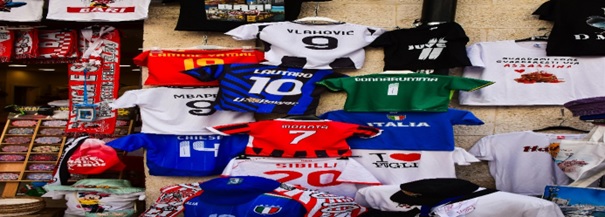
But there’s more to Italian sports than just football:
- Cycling: The Giro d’Italia is one of the most prestigious cycling races in the world.
- Formula 1: Ferrari is an Italian icon, and Monza hosts one of the most exciting races on the F1 calendar.
- Traditional sports: Games like bocce (Italian bowling) and pallone col bracciale (a handball-like sport) are still enjoyed in smaller towns.
Outdoor culture is also a huge part of daily life. Italians love spending time outside:
- Aperitivo in piazzas, sipping spritzes and chatting with friends.
- Passeggiata, the evening stroll that’s a daily ritual.
- Weekend trips to the mountains or seaside for a breath of fresh air.
Leisure in Italy is about community and enjoyment, not just competition.

3. The Italian Work-Life Balance
- Is “La Dolce Vita” real or just a myth?
It’s very real! Italians value balance, and while they work hard, they also prioritize leisure, family, and food.
Key aspects of the Italian work culture:
- Long lunch breaks: In many regions, businesses close from 12:30 to 3:30 PM for a relaxed meal.
- More vacation time: Italians take their holidays seriously, often spending August at the beach.
- Socializing is essential: Whether at a café or a family dinner, relationships matter as much as work.
Unlike the hustle culture in the U.S., Italy embraces a quality-over-quantity approach. Efficiency matters more than long hours, and people work to live, not live to work.
It’s a mindset that keeps stress levels low and happiness high. Maybe we could all learn a thing or two from the Italian way of life!

Vv. The Evolution of Italian Culture: Past, Present, and Future
1. Historical Events That Shaped Italian Identity
- How did Italy become the cultural powerhouse it is today?
Italy’s identity is deeply rooted in its rich history, shaped by centuries of conquests, art, and innovation.
a) From the Roman Empire to Modern Italy
Italy’s legacy starts with the Roman Empire (27 BC – 476 AD), which laid the foundation for Western law, politics, and architecture. Even today, modern governments and infrastructures borrow ideas from Roman systems.
Fast-forward to 1861, when Italy finally unified after centuries of being divided into city-states. This event created the Italy we know today, blending regional traditions into a single national identity.
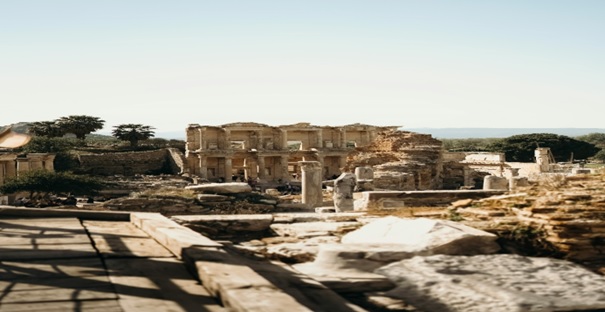
b) The Impact of the Renaissance on Global Culture
The Renaissance (14th–17th century), born in Florence, revolutionized the world with art, science, and philosophy.
- Leonardo da Vinci and Michelangelo defined art forever.
- Galileo Galilei changed the way we see the universe.
- Dante Alighieri shaped modern Italian language and literature.
Without Italy’s Renaissance, we might not have the scientific advancements or artistic masterpieces that still inspire people today
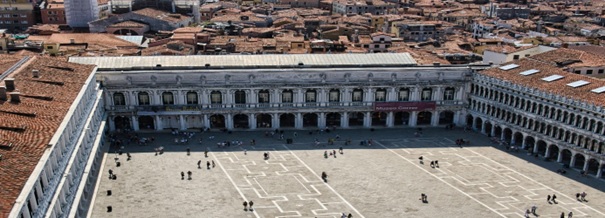
Italy’s Influence on European and World History
Beyond art and empire, Italy played a key role in shaping modern Europe:
- The Age of Exploration saw Italian explorers like Christopher Columbus and Marco Polo connecting continents.
- The World Wars transformed Italy politically, leading to the birth of the Italian Republic in 1946.
- The rise of Italian fashion, cinema, and cuisine continues to shape global culture today.
Italy’s past isn’t just history—it’s a living influence on today’s world.
2. The Modern Italian Society
Is Italy still the same as it was centuries ago?
Not quite! Italy is evolving, balancing tradition with globalization, and adapting to modern social and economic changes.
- a) How Globalization Is Influencing Italian Traditions
While Italians still cherish their heritage, modern influences are impossible to ignore:
- Fast food vs. Slow food: McDonald’s exists, but Italians still prefer a leisurely, home-cooked meal.
- Tech startups meet historic cities: Milan and Rome are embracing innovation without losing their old-world charm.
- English is gaining ground: Younger Italians are learning English for global careers, though Italian remains the soul of everyday life.

The Role of Immigration in Shaping Contemporary Italian Culture
Italy has seen a rise in immigration, bringing new cultures, foods, and traditions into the mix. Today, it’s common to find:
- North African, Chinese, and Eastern European influences in cuisine and daily life.
- Second-generation immigrants shaping Italy’s music, fashion, and sports scenes.
- Cultural diversity in cities like Rome, Milan, and Turin, where different communities coexist.
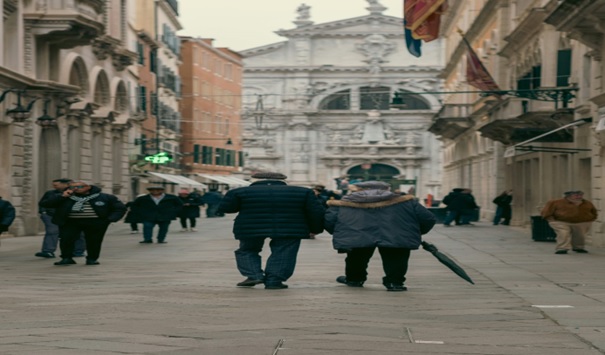
Balancing Heritage with Modernization
The challenge? Keeping tradition alive while embracing the future. Italians are finding ways to preserve their history while adapting to new global trends.
- Tourism and conservation efforts protect historic sites while welcoming millions of visitors.
- Sustainable fashion and design blend traditional craftsmanship with eco-conscious trends.
- Smart cities and technology are transforming Italian infrastructure without erasing its old-world beauty.
Italy is proof that a country can honor its past while shaping the future. The essence of Italian culture is evolving, but one thing remains the same—its passion for life, beauty, and innovation.
Conclusion: Italy—Where Tradition Meets the Future
Why does Italy continue to captivate the world?
Because it’s a country that cherishes its past while shaping the future. Italy’s traditions, art, food, and lifestyle aren’t just historical relics; they are living, breathing elements that continue to evolve and influence the world.
- Family and social bonds remain the heart of daily life, offering a sense of belonging and warmth.
- Art and literature continue to inspire generations, from Renaissance masterpieces to modern storytelling.
- Cuisine is a celebration, proving that food isn’t just nourishment—it’s a cultural expression.
- Fashion and design set global trends while honoring centuries-old craftsmanship.
- Modern Italy embraces diversity, sustainability, and innovation while staying true to its roots.
Italy isn’t just a place—it’s a feeling. Whether through a breathtaking painting, a perfectly crafted espresso, or a simple evening passeggiata, Italian culture reminds us to appreciate beauty, savor the moment, and live with passion.
No matter how much the world changes, Italy will always be a land where history and modernity walk hand in hand, where every detail tells a story, and where life is meant to be truly lived.
You may also like

italian for beginners
- January 16, 2025
- by admin
- in Italian language training

italian language

